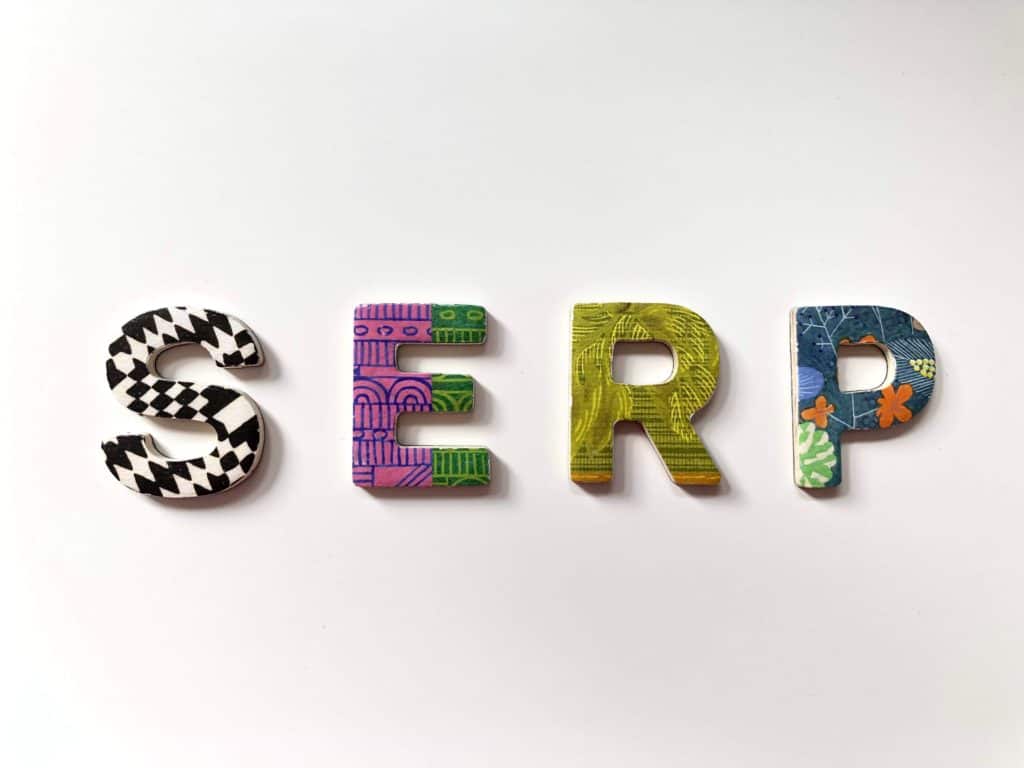What is SEO Content?
SEO stands for Search Engine Optimization, which is a method of creating and optimizing a website for search engines to display it for internet users. The actual content applies to any text, images, or other information that makes up a web page where an audience (anyone on the internet looking for an answer) can read it. Therefore, SEO Content is any shared information created with the intent of generating as a search result. This sounds ideal, but it’s not always easy to effectively do. Many details go into making sustainable, quality SEO content.
What Makes Quality Content?
When talking about showing up on search results pages (SERPs), quality content means any blog post or internet page a search engine finds meaningful. For example, if Google analyzes your blog post and decides that it answers people’s questions thoroughly enough, your post will likely appear on the first page of the search result.
Here are a few valuable things that a piece of high-quality SEO content has:
- Correct information that explains an answer to people’s questions
- Relatable, entertaining, and easy-to-understand explanations
- Shareable links and advice people want to spread
- Compelling story-telling or real human experiences
- Captivating images, graphics, and media throughout
So How Do You Create Quality SEO Content?
Short answer? BUCKLE UP.
Better answer? There are several main things you need to master, strategically-speaking, to get in the habit of making quality, search-friendly posts.
Many people who specialize in SEO will tell you different things and have varying standards on what the “top priority” really is. On top of that, “quality” is a perspective– one that every person is subject to their own opinion about.

The main thing to consider when wanting to get your content found, is: What do the search engines consider “quality” content? What patterns, keywords, and voice give writing or web pages authority to be first on the search result?
While this is a sort of a complicated question to answer, and there’s no 100% fool-proof way to answer (and even if there was, it’d likely change in a matter of months)– there are systems in place to better enhance the quality of your SEO content.
Topics for Your Audience
Aim for your written topics to be informative to your audience. What kinds of questions would they be wanting answers to? Which problems of theirs can you help solve?
You might have heard this before but before creating content to capture potential buyers’ attention, you need to know who your audience is.
Think of the topic as your chance to share what you know in a way that is helpful for other people. It’s not a time to talk about yourself, but rather, what can be done (and at the end maybe add-in that you offer help with how to do it even better).
Keywords and Phrases
No matter how eloquently you write to your ideal audience, it won’t make a difference if you don’t have good keywords going for you. This is where targeted keywords come in.
Keywords are a short phrase or “key phrase” that your specific audience searches for on a regular– or rare but desperate– basis.

So basically you’re familiar with your audience– you know what they want to learn, and then you research the exact phrases they’re searching on the internet. That way, you can write a killer article that will catch their interest right away, compelling them to engage with your content.
One way to do some reliable keyword research is to flat out ask your audience what they want to know; what they’d like to see from your industry. Offer surveys and questionnaires.
You can also use online keyword research tools such as Moz, WordStream, SEMrush, or Ahrefs. They cost money but are likely worth it if you want to have a growing ROI.
Research Before Writing
Once you understand what your audience wants to learn, make a list of the top 5 categories you can share information about. Then, for each of those categories, list an “idea dump” of topics or headlines you can come up with that you know your audience will want to read. This will help you to narrow down to the perfect keyword phrases while researching with any keyword tools or software you have available.
This should be obvious, but sometimes gets overlooked: Your focus keyword or key phrase should be included throughout the writing. However, don’t overuse the keyphrase too many times. You don’t want Google to flag you for keyword stuffing.
Write for the Reader, Not for Yourself.
A major mistake many people make while trying to create quality SEO content is they feel pressured to sell, sell, sell throughout their blog posts. Sure, you’ll want to sell at some point– that’s why you’re offering free information as a first step to introduce your audience to what they need. But remember to give them free information! A lot of people focus too much on the selling, leaving their readers disappointed and misguided with what they came to the website to read.

Include Relevant Internal and External Links
Anchoring in links, both internal and external, throughout your article is also helpful! It lets the search engine know that you’re sharing quality SEO content for the sake of sharing information for everyone, not just for spamming your readers with jargon.
Internal links are URLs to other pages or blog posts from your website.
External links are URLs of sources, quotes, related information from other websites. Obviously, use external links that have a different key phrase than the one you’re trying to rank for.
Aim for 2-5 internal links and 1-3 external links for an average 1,500-word piece.
Image Optimization & Alt-Text
Include images in your articles. Generally one high-quality image after every 250 to 500 words, depending on how visually necessary your information is. You can get free stock photos on various websites that can make your article pop.
When including images, there’s a trick to optimize this part so search engines deem even your images as relevant, too. Alt-text helps both the search engines and the visually-impaired understand what the photo’s purpose is. Depending on which platform you’re using, you can simply research what the best way to enter alt-text into your photo looks like, step-by-step.

Write a Thoughtful Meta Description
A meta description is a snippet of text that appears below the URL of your web page as it shows up on the search result. It allows roughly 150 characters to give an internet user a brief preview of what your article is about. This should include your keyphrase and be well thought out.
How’s Your Page Speed?
Even though data crawlers on search engines look at the actual content of your page, something else to consider moving forward in 2020 is your overall internet page speed.
Pages that load faster get read and observed more by your audience. If you created a super dope article but it takes more than 5 seconds to load, there’s a 90% chance the person will be too impatient to deal with slow load time and simply exit out early.
What else would you like to know?
When it comes to SEO and quality content, what else would you like to know? Comment below this post and tell us!
If you need help getting some SEO blog posts out there for your business or brand, reach out to us today and we can walk you through the process. It’s been shown that consistent, in-depth blog posts on average receive businesses nine times more leads than having no blog at all!





